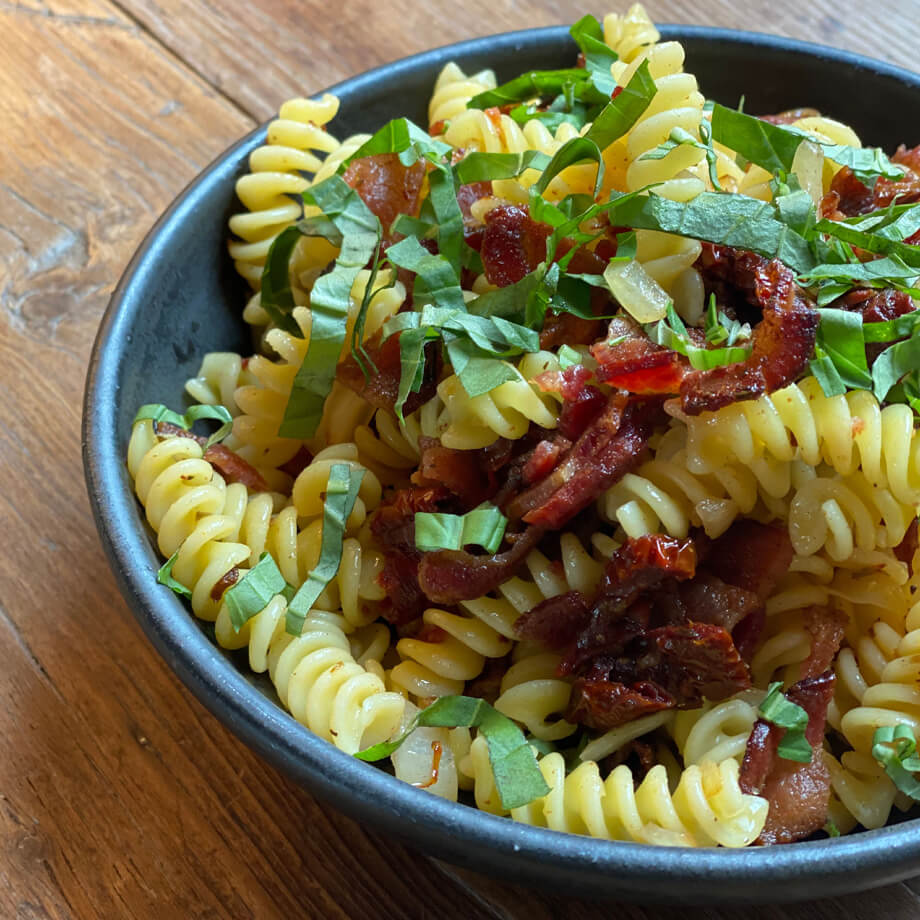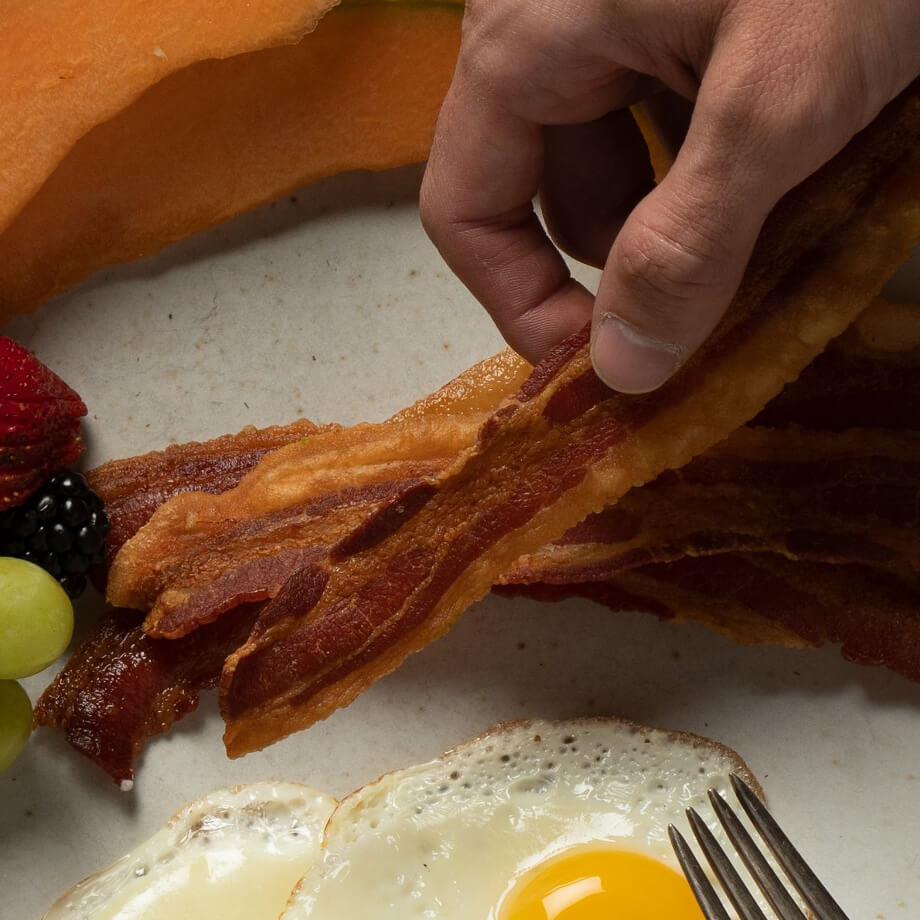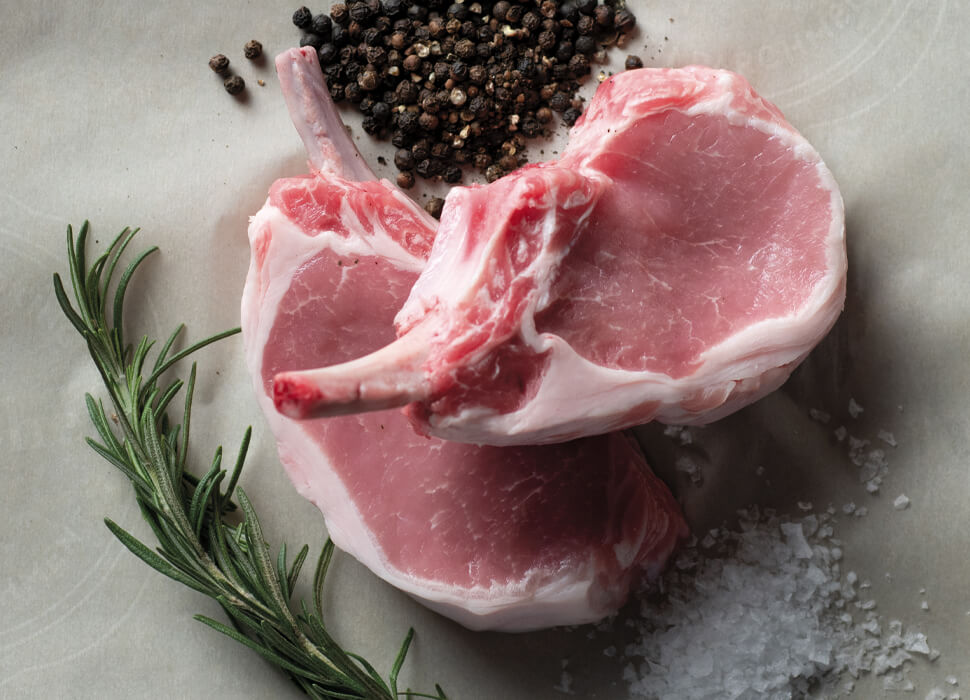After enjoying a meal filled with the savory crunch of bacon, if no one has snatched up the leftover savory strips as a snack, you may find yourself starting at some leftovers that shouldn’t go to waste. What should you do with leftover cooked bacon?
While some people might think that cooked bacon isn’t worth saving for later enjoyment, that’s not true! By choosing the proper storage method, you’ll be able to enjoy your crispy bacon in a few days or even the next month.
The Best Ways to Store Cooked Bacon
Whether you’re looking to store bacon for a few hours or a few weeks, there’s a method for you. These storage methods will keep your leftovers as fresh as possible until you’re ready to once again enjoy one of your favorite crispy meats.
Short Term Storage: The Oven Is Your Friend
When you hear the term storage, you’re probably envisioning a more long-term attempt to keep your bacon good for several days or weeks. But even proper short term storage is essential if you want to avoid that dreaded soggy effect. With a few simple tips, you can serve your family and friends crispy bacon that’s just as good as freshly cooked.
Say you’ve cooked some bacon for a hearty weekend brunch or tasty appetizer treat, but your guests are running half an hour late. Don’t fret! Instead, turn to the oven to keep those tantalizing strips crunchy and warm.
Whether you prefer to microwave, pan-fry, or bake your bacon, the oven will allow you to keep your bacon crispy for up to a few hours. Set the temperature to 200ºF and center a baking rack. Lay your cooked strips out on a baking sheet and place them in the oven until it’s time to enjoy.
If you don’t want to heat up the oven, you can still take some steps to keep your bacon crispy until it’s time to eat. First off, avoid covering your warm, cooked bacon with a lid, bowl, or any other airtight device. As the warm bacon releases steam, the covering will trap the moisture and rob the bacon of it’s iconic crunch. Instead, forgo covering your bacon entirely, or use a breathable towel.
If you find you have leftover bacon after the meal is over, try using the bits in recipes like Brussels Sprouts and Bacon or Corn and Bacon Chowder.

Medium Term Storage: Turn to the Refrigerator
Maybe you’ve finished breakfast and have a plate of leftover bacon, or perhaps you’ve cooked up a bit too many strips for your Sun-Dried Tomato & Bacon Pasta Salad. No matter the case, you want to store your bacon so you can enjoy it within the next few days.
Even if bacon is cured or naturally-cured, it can still be prone to spoilage if left too long at room temperature. To help keep it fresh for the next few days, rely on the refrigerator. When stored at or below the ideal temperature of 40ºF, the growth of harmful bacteria is slowed. This helps prevent your bacon from going bad.
Before you pop your bacon strips in the refrigerator, allow them to cool to room temperature. This will limit the formation of condensation after you seal the bacon, which will help it stay as crispy as possible.
Once the meat is cool to the touch, place it in an airtight bag. Remove as much air as possible before sealing the bag and placing it in the refrigerator. By following this method, your bacon should stay fresh for up to five days.

Long Term Storage: Keep it in the Freezer
Sometimes the savory smell and sizzling sounds may have you cooking two or three packages of bacon, when you only end up needing one. Other times, you may have forgotten that you’re heading out of town for the next week and you don’t want to dump your excess bacon.
Whatever the case, you’ve cooked more meat than you’ll be able to use in the next week. For long-term storage, the freezer is your best bet.
Similar to refrigerating bacon, allow the meat to cool before sealing it in an airtight bag. Remember, condensation is the enemy of crunchy bacon! While any type of bag is fine for the refrigerator, you’ll want to use dedicated freezer bags when setting your bacon next to ice. When properly sealed, frozen cooked bacon will stay fresh for about a month.
How to Reheat Cooked Bacon
If you’ve stored your bacon in the refrigerator or freezer, you might want to warm it up before enjoying it.
When it comes time to reheat frozen cooked bacon, the first step is defrosting. Move the bag of bacon to the refrigerator and allow it to defrost for at least eight hours. If you’re in a rush, you can also defrost it in the microwave.
At this point, you can choose from a variety of reheating methods. If you’re aiming for a savory crunch, the oven is the ideal option. Preheat your oven or toaster oven to 400ºF. While it’s heating up, lay your bacon out in a single layer on a baking sheet. After the oven is preheated, pop the sheet into the oven for about five minutes. Once you hear your bacon begin to sizzle, it’s time to enjoy!
If you don’t want to wait on your oven, you can easily reheat your bacon on the stovetop. Turn a burner on to medium-high heat and allow a frying pan to heat up. Once the pan is hot, place a single layer of bacon on it. After a few minutes, your bacon will be crispy and ready to eat.
One more option is an air fryer, if you have one. Preheat your fryer to 350ºF then cook your bacon for three to four minutes.

Start With Coleman Hickory Smoked Uncured Bacon
No matter how long you’ll be storing your bacon, you want to start with high-quality, all-natural meat. All of our bacon is made from hogs that are raised crate-free on American family farms.
Our Hickory Smoked Uncured Bacon contains no added nitrites or nitrates, but plenty of that rich, smoky flavor you love. You can also try out Sugar-Free Applewood Smoked Uncured Bacon. No matter which option you choose, you and your family will enjoy the high-quality taste of Coleman Hickory Smoked Uncured Bacon!
To learn more about your favorite meats, check out these articles next:


